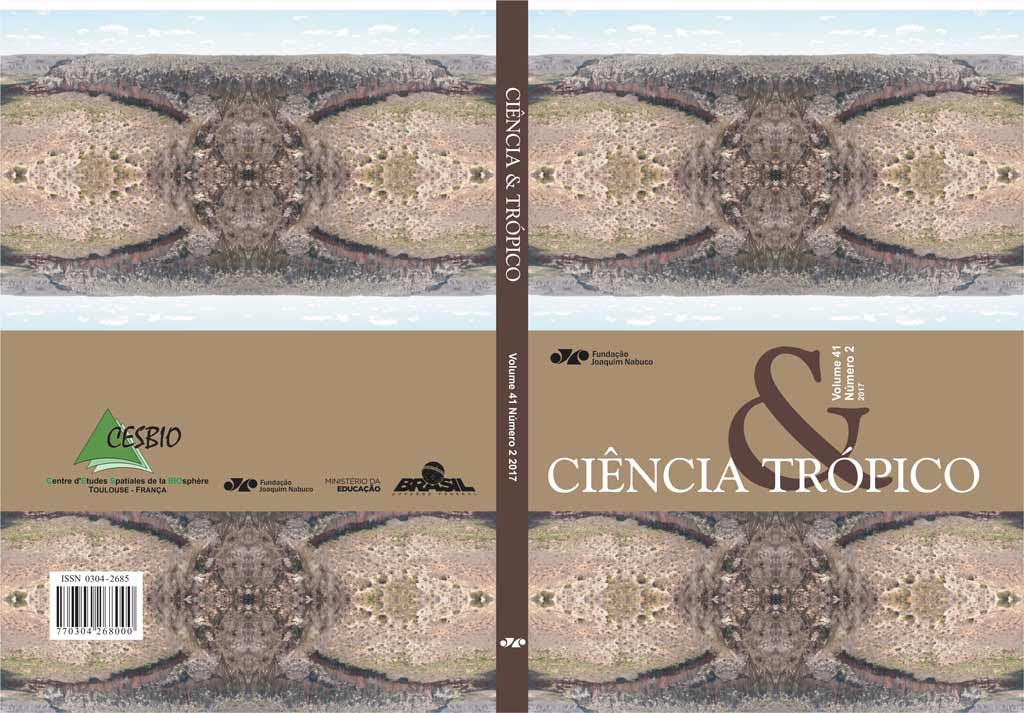REMOTE SENSING OF DRYLANDS: When soils come into the picture
Resumo
Among the striking features specific to drylands is the discontinuous vegetation cover, discontinuous in space (e.g. steppes) and/or in time (e.g. dry savannas). Soils are more exposed than in any other environment, as a result they are prone to erosion, particularly by wind. A second consequence is soils are an important component of the land surface viewed by satellite sensors, more and more dominant the dryer the climate. Whereas optical properties of vegetation are well studied and widely used in satellite monitoring of the biosphere (i.e. vegetation indices), soil surface features are less known and rarely monitored. In an attempt to fill this gap, this short review allows to distinguish biological and mineralogical characteristics. Soil color appears to be a major parameter of the drylands soils optical properties, as illustrated by examples in the Sahara. Previously explored causes of ‘soil noise’ in vegetation indices are confirmed as well as the way to correct it. Strategies for optimal use of optical remote sensing of drylands taking into account the soil surface are discussed in conclusion.


